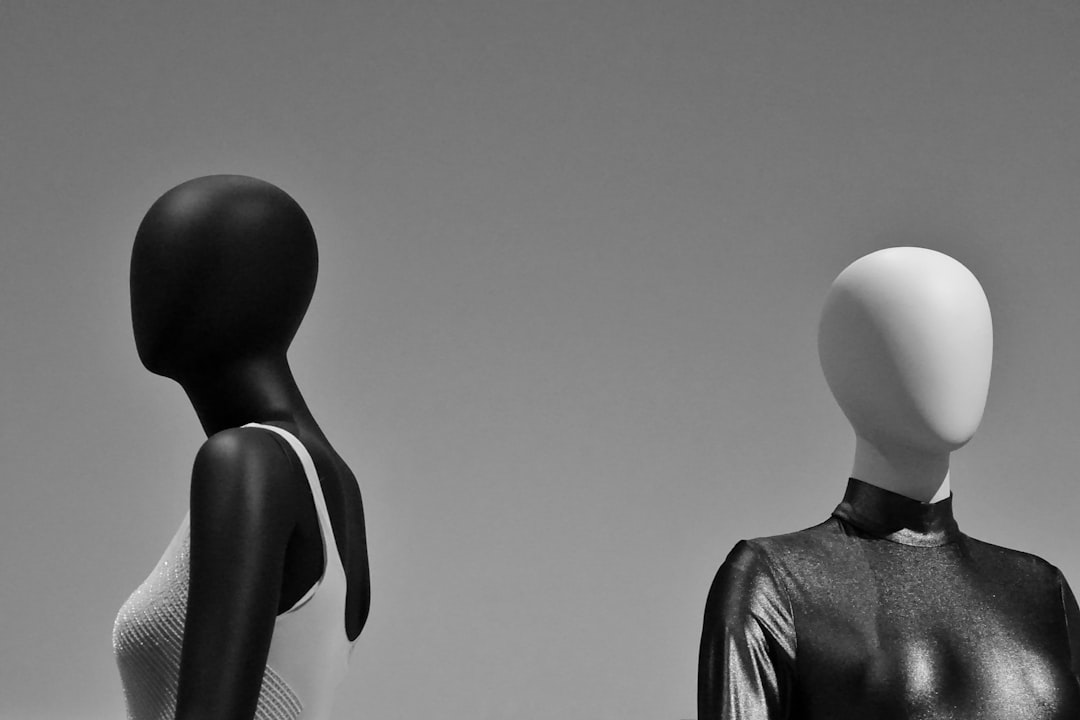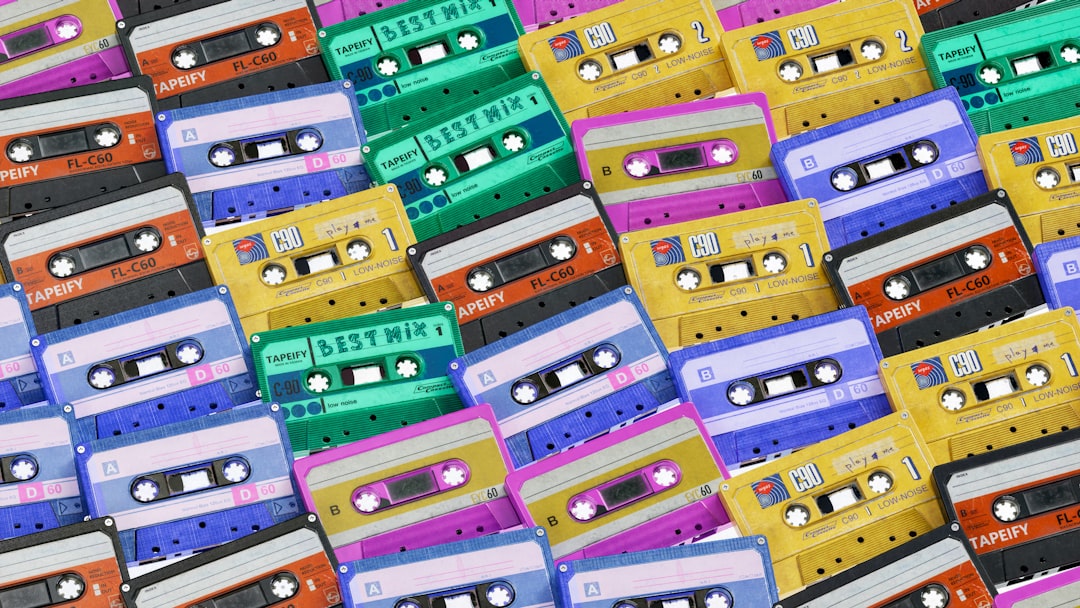This is the 14th edition of This is Not Advice, a “not advice” column exclusively for premium subscribers. If you’re not a premium subscriber, enjoy the first part of the piece or upgrade for just $7 per month to read the rest—and so much more!
Three people walk into a bar. One is an athlete and public speaker with a moderately large audience on social media. The second is an autistic science fiction fan who fell in love with the online world in the early 90s. The third is a mom, wife, and amateur baker.
Okay, there’s no punchline coming.
Long-time readers will recognize that all of these people are me.
But if you didn’t know that those descriptions all fit me, you were probably imagining three fairly different people. The way we describe ourselves changes how others relate to us. We filter and sort our identities in different scenarios—prioritizing some categories and deprioritizing others. We express who we are in various ways, depending on who we’re with and how we want to be perceived.
Who I am (and who you are) can’t be standardized across multiple social contexts.
Or can it?
In the mid-to-late 19th century, standardization emerged as a powerful tool for making money.
And over the last few years, I've read at least a dozen books that reference standardization, in spirit if not literally, as a significant concern about how we live and work online. I've written about this in terms of personal branding and authenticity before. But for this week's This is Not Advice column, I want to explore standardization, mass production, and digitization as technologies that change how we see the world and ourselves.
It was inspired by an astute comment from
on last week's premium thread. She wrote that she's been thinking about how our tools for connecting with others seem to "streamline, optimize, and hot-wire relationship building."Spot on. Instead of looking at relationship-building today, though, I want to look at the intersection of business model and identity. Or how the way companies generate revenue today impacts how we perceive ourselves—and how that same logic impacts our imagination.
Or, as Nora Bateson puts it in her poem, "Hallway of Hallways,"1
The confusion is compounding.
Going down a path that starts with an inadequate task is the beginning of an assembly line of industrial-sized, overlapping, systemic problems.
I'll describe forces that act on a global scale, but I hope you’ll see that these same forces intersect with the work we do, the things we buy, and the people we believe ourselves to be every day.
Let's dive in.
It all starts with mass production.
Maybe when you think "mass production," you think about a factory churning out boxes of cereal or t-shirts emblazoned with a logo. And yes, those cereal boxes and t-shirts are mass-produced. But mass production itself is a technology, a process designed for a particular purpose.
Mass production is a technology that standardizes each aspect of how something is made.
Take clothing, for example.
Before the mass production of clothing, your particular body measurements were turned into a pattern that was then turned into the item of clothing you needed. You might be the one doing the making, or you might have hired someone to make your clothes for you.
It wasn’t necessarily fine tailoring, but the clothing production process was specific for each person who needed clothes. For most of human history, you couldn’t waltz into a store and buy a garment off the rack. That whole experience is a recent invention—dating from the mid-1800s.
Before mass production was thought up as a technological process, people wouldn’t have even imagined trying to take the variety inherent to the human body and collapse it into a set of standard-ish sizes. People didn’t think using standardization as a mental model.
But eventually, someone started thinking about how to produce goods faster and less expensively. And eventually, that someone realized that if they significantly reduced the variety of goods produced, they could achieve their goal.
Machines became standardized, which led to raw materials becoming standardized, which led to products becoming standardized. With each new level of standardization, manufacturing could get a little faster and a little cheaper. And someone could make a little (or a lot) more money.
By the early 1900s, Frederick Taylor figured out that not only could physical objects be standardized, but the various components of the labor process could be standardized, too. From the way a worker swung a hammer to the time it took to change tasks, every detail could be optimized and perfected across the factory floor.
Taylor's technology changed the worker.
Instead of an artisan, craftsperson, or skilled machine operator, the worker became a set of hands and a span of time. Just about anyone could be trained to use their set of hands and their span of time to get the same result. One worker could be easily replaced by thousands of other workers.
Scientific management, as Taylor’s technology came to be known, standardized human behavior at work. Again, manufacturing could get a little faster and a little cheaper. And again, some people made a little (or a lot) more money.
The development of technology, along with a workforce that learned to accept and embrace standardized behavior (in no small part thanks to the First and Second World Wars), continued to make goods faster and cheaper. By the mid-20th century, the American economy was beginning to revolve around consuming those mass-produced goods rather than making them.
In the emerging consumer economy, a new group of engineers and technologists came to prominence.
Marketers and ad men were engineers of affect rather than objects. They discovered a new opportunity for standardization: desire. They realized that by crafting compelling advertising, they could mold consumer demand to fit the products they were tasked with selling. Consumer desire became the new nexus for standardization.
Once again, making stuff got faster and cheaper because the costs associated with moving products out the door went down. And once again, some people made a little (or a lot) more money.
The advance of technology, labor, and desire standardization continued through the rest of the 20th century. Then, about 20 years ago, a new nexus for standardization earned the attention of people with plenty of money to invest.














